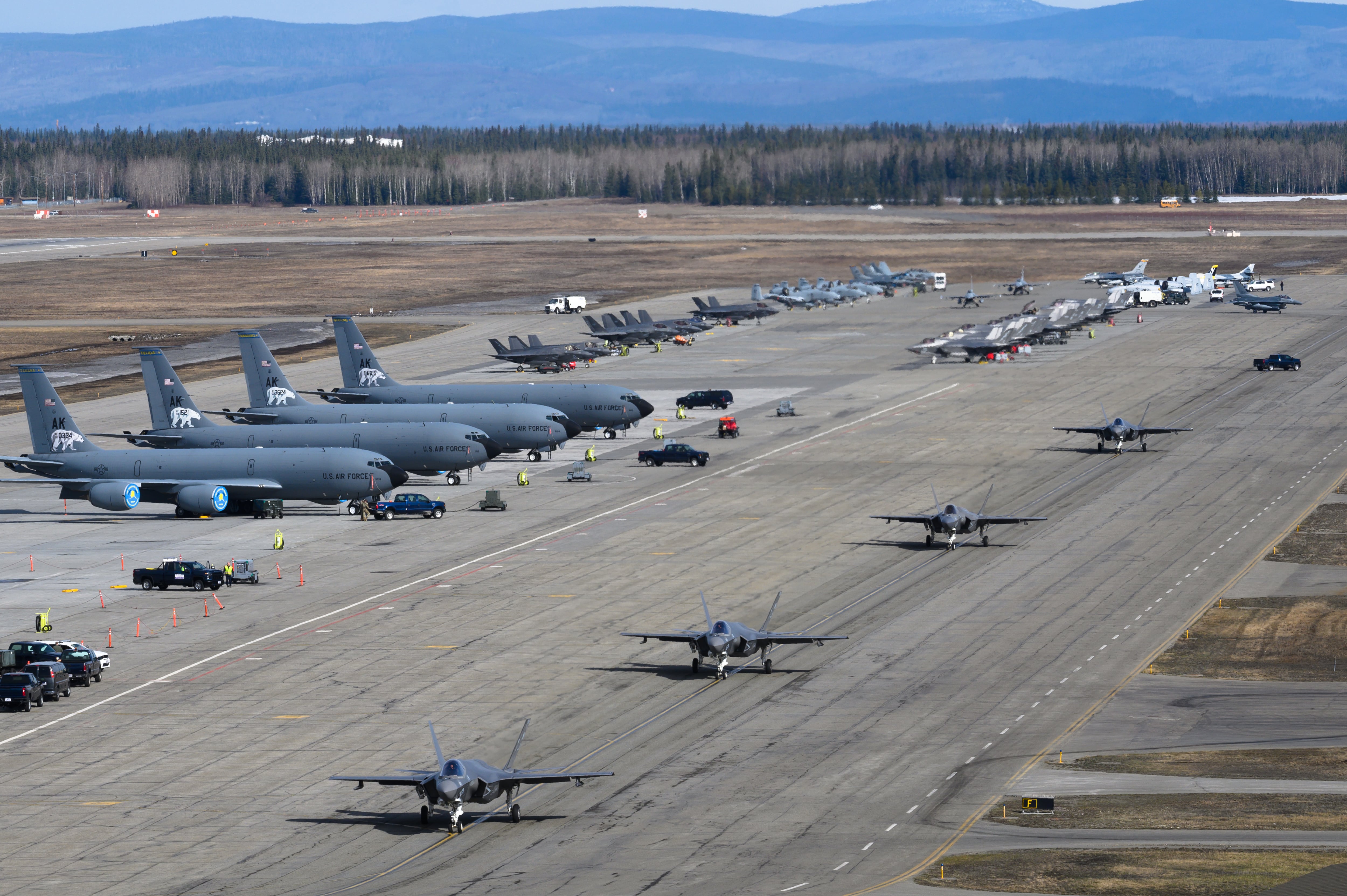PHILADELPHIA — The U.S. Army will likely contract multiple companies to construct and operate its fledgling Project Linchpin, an artificial intelligence pipeline meant to feed the service’s intelligence-gathering and electronic warfare systems.
An initial contract for the digital conduit is expected to be inked in March or April 2024, according to Col. Chris Anderson, a project manager at the Army’s Program Executive Office Intelligence, Electronic Warfare and Sensors, or PEO IEW&S. More contracts should follow.
“I envision it’s going to end up being a series of contracts for various aspects of the pipeline,” Anderson told C4ISRNET on the sidelines of Technical Exchange Meeting X, a defense industry conference held last week in Philadelphia. “Building a team of teams, both within the government, with industry, academia and everybody else — it’s going to take a village to make this happen.”
The Pentagon has for years recognized the value of AI, both on and off the battlefield, and has subsequently invested billions of dollars to advance and adopt the capability. The technology can help vehicles navigate, predict when maintenance is required, assist with the identification and classification of targets, and aid analysts poring over mountains of information.
Through Project Linchpin, the Army intends to deliver AI capabilities across the closely related intel, cyber and electronic warfare worlds, documents show, while also addressing hang-ups associated with the field, such as the consumption and incorporation of real-world data.
RELATED

“There’s a data-labelling component, the actual model training that happens,” Anderson said. “Then there’s verification and validation on the back end, and then just, kind of, running the infrastructure. So that’s four or five different focus areas that will probably require different industry partners.”
Included in the PEO IEW&S portfolio are the Tactical Intelligence Targeting Access Node meant to centralize and automate the collection, parsing and distribution of data; the High Accuracy Detection and Exploitation System, an intelligence, surveillance and reconnaissance jet outfitted with advanced sensors; and the Terrestrial Layer Systems designed to provide soldiers with cyber and electronic warfare assistance.
Each will play a specific role on the battlefield of the future, and each will tie back to Project Linchpin.
“Any sensor-related program within the PEO, this will be their machine-learning pipeline,” Anderson said. “We want to take it from a science fair experiment into a program of record.”
An industry day for Project Linchpin is planned for August or September. PEO IEW&S conducted market research at a previous technical exchange meeting in Nashville, Tennessee.
Colin Demarest was a reporter at C4ISRNET, where he covered military networks, cyber and IT. Colin had previously covered the Department of Energy and its National Nuclear Security Administration — namely Cold War cleanup and nuclear weapons development — for a daily newspaper in South Carolina. Colin is also an award-winning photographer.








